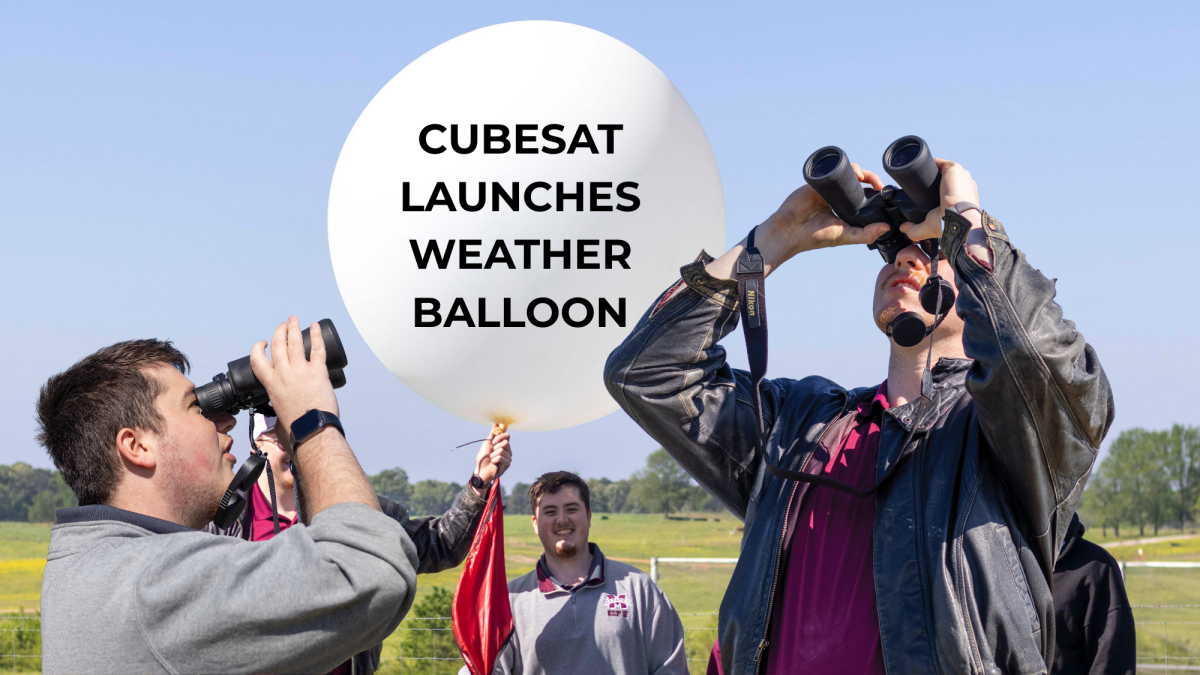Officials with the Mississippi State University Climatology Laboratory have confirmed the existence of a large hole in the Earth’s ozone layer over Antarctica and agree that the situation could become much worse as the South Polar winter rages on.
“Two years ago we had a record breaking year for ozone depletion,” Mike Braukus, with NASA’s Goddard Space Flight Center in Greenbelt, Md., said. “This looks like it could possibly become a record breaking year as well. We should be able to tell within a week or two.”
The ozone layer, which is a part of the Earth’s atmosphere,exists in what is called the stratosphere. Located 10 to 20 miles above the planet’s surface, the ozone layer shields the earth by absorbing ultraviolet radiation, which many scientists now consider harmful.
Officials at the Goddard Space Center said the ozone layer directly above Antarctica decreased by about 1.5 percent every day throughout the month of September. The general concentration of the ozone layer decreased by almost 30 percent in last month alone.
This particular hole seems to have been caused by a polar vortex which formed over Antarctica last August and brought with it extremely cold temperatures, according to officials at the Space Center.
In popular theory, these conditions are ideal for the formation of polar stratospheric clouds, which are believed to increase the rate of depletion within the ozone layer. “If the ozone layer is destroyed or diminished in any way, the result will be a greater bombardment of the earth with radiation,” Charles W. Wax, of the MSU Climatology Lab, said.
Wax holds with the stratospheric cloud theory of ozone depletion. As for those who believe that the destruction of the ozone will cause serious mutations, Wax said those theories are “pretty much speculation.”
“We might all get skin cancer, but then again we might all get great suntans,” Wax said. “The point is that the earth would change.”
As for the use of chloro-fluoro carbons, or propellants from spray cans, Wax said, “we’ve been getting a lot of mixed signals.”
“Those things definitely destroy ozone, but what actually is destroying the ozone layer is still unknown,” Wax said.
Currently, the United Nations is gaining support for an international effort to reduce CFCs. “Any kind of international effort is a tough one,” Wax added. “The situation might even be caused by something natural. But if we know for certain that CFCs can damage ozone, it’s certainly worth a try.”
According to Mike Braukus, there are “various dynamics that come into play.”
“We usually see things of this nature in the polar spring,” Braukus said. “Ozone depletion is probably caused by the change in temperature and the increasing wind circulation.”
Braukus said that heavy ozone depletion seems to follow a two year cycle with the hole widening biannually. “So far we’ve investigated the situation with two stratosphere experiments,” added Braukus. “Scientists here will continue to accumulate knowledge only in ongoing investigation.”
Scientists have been observing the depletion of the ozone layer over the southern hemisphere for over 10 years using the NIMBUS-7 orbiting satellite.












